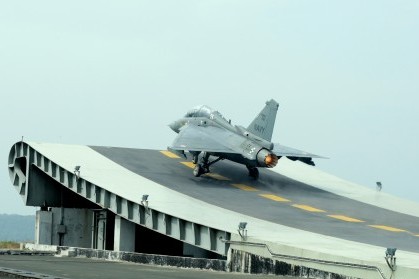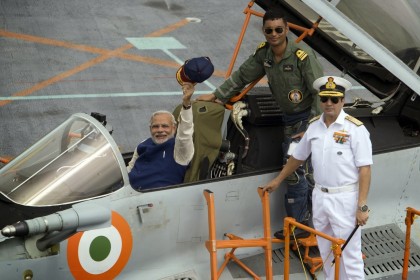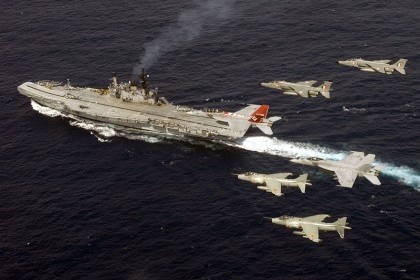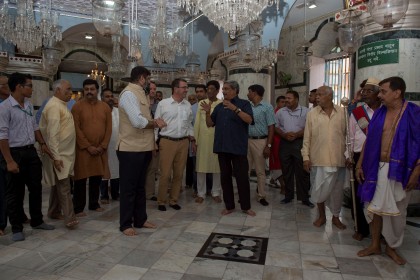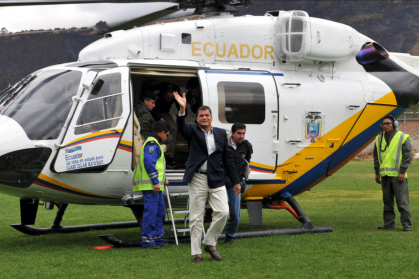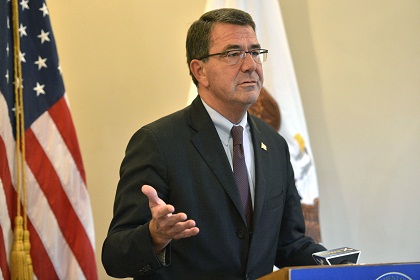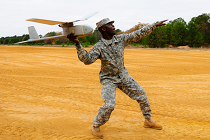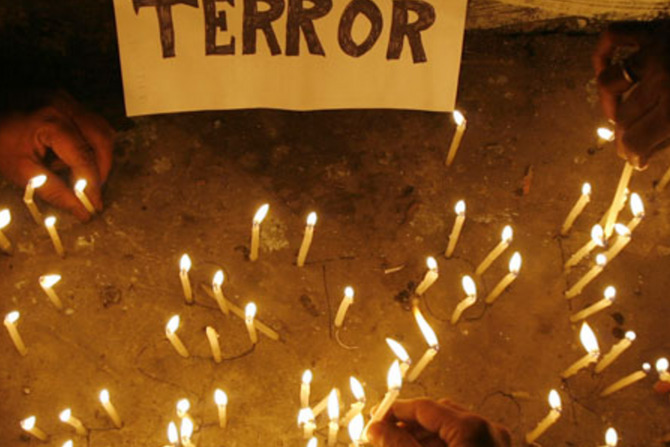Tejas shows the way
‘Make in India’ in defence production does not imply stopping arms imports altogether. Rather, it means importing only those components that cannot be produced locally, while strategically utilising offsets and building domestic capabilities that will enable India to export complete systems and sub-systems as an active participant of the global supply chain.

